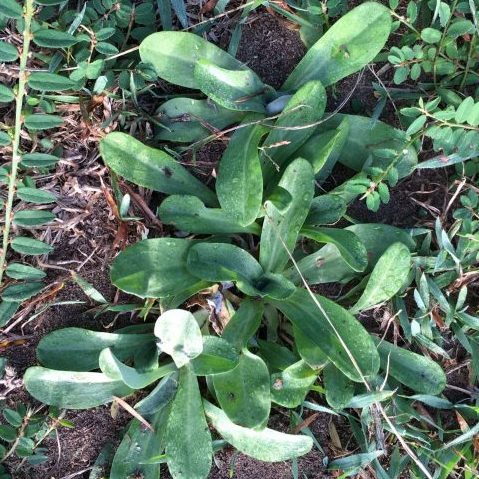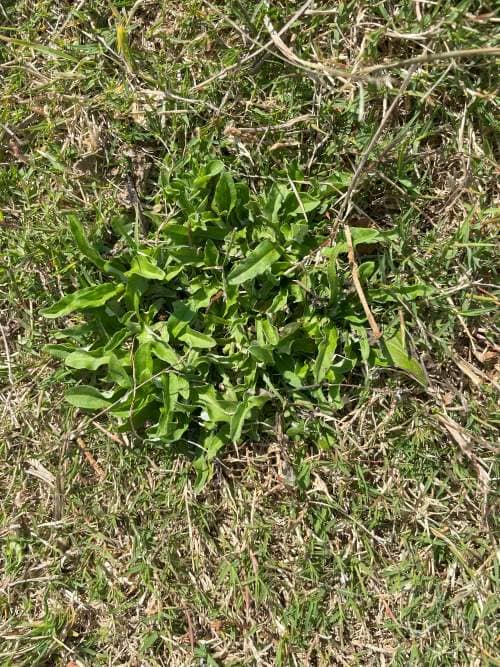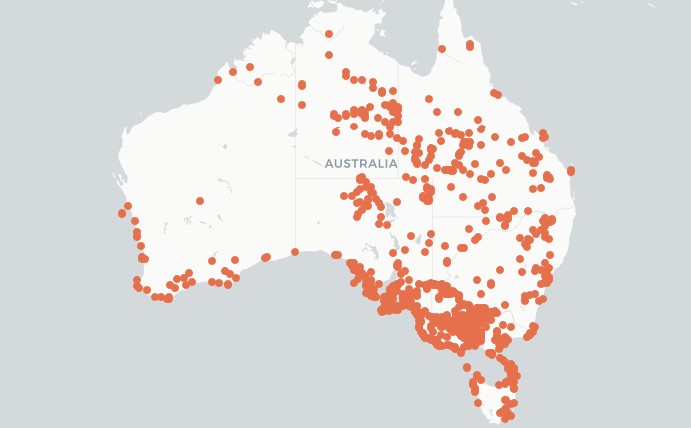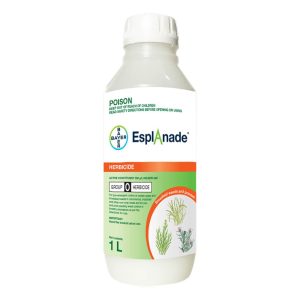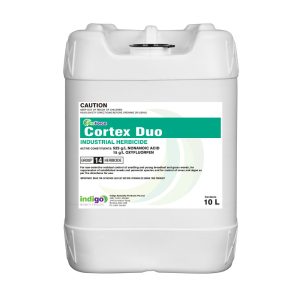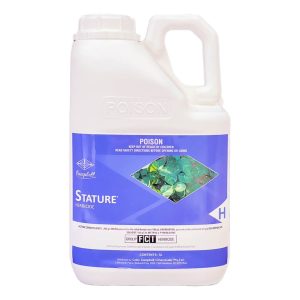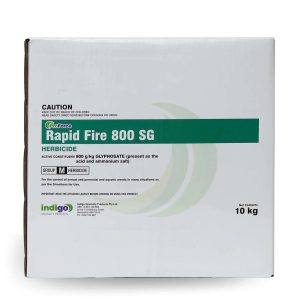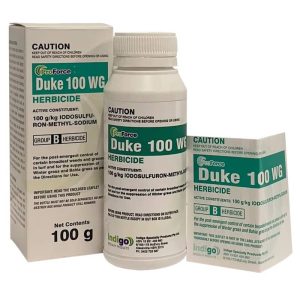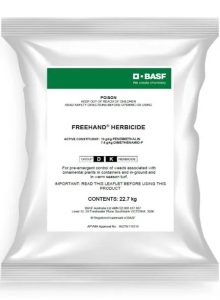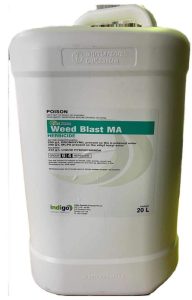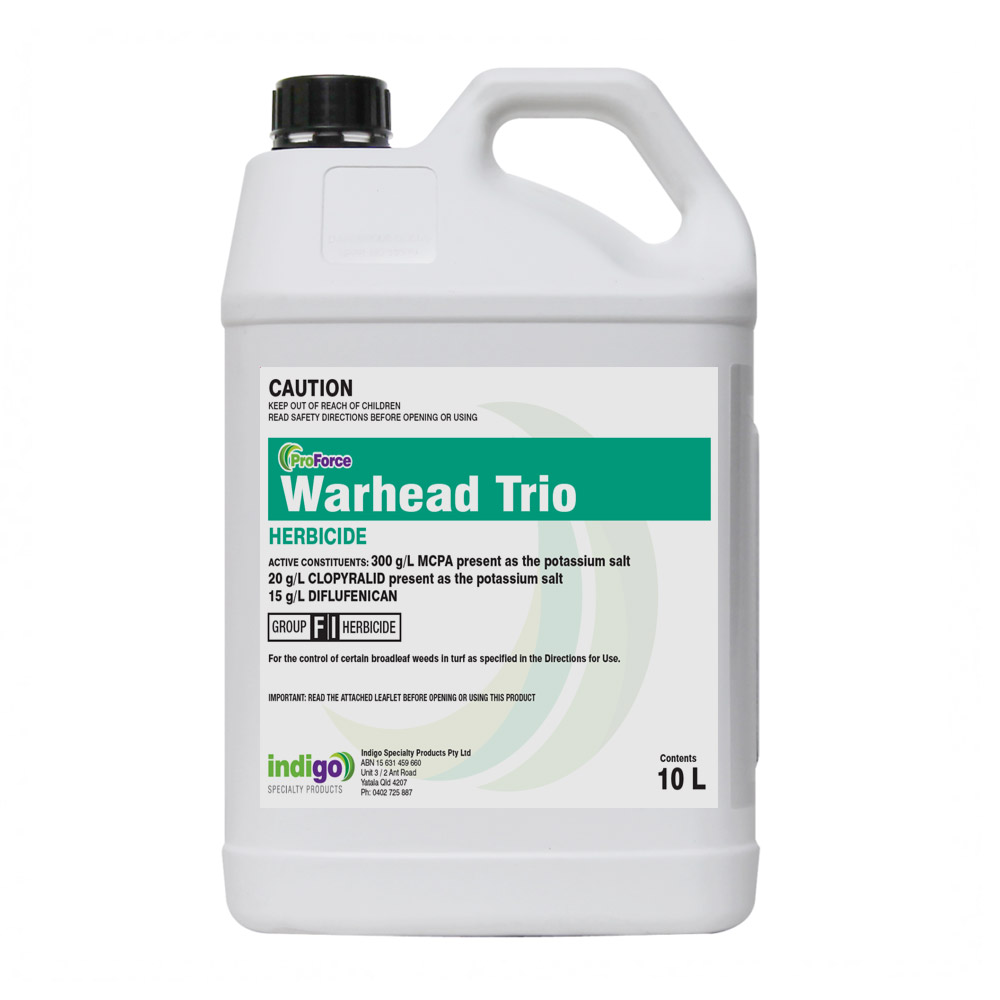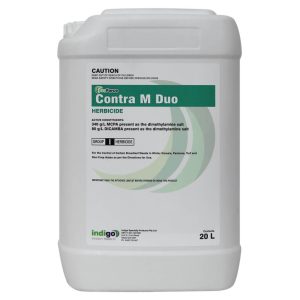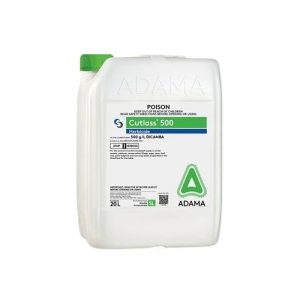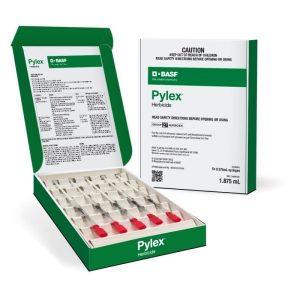Cudweed (Gamochaeta spp).
Cudweed is a common Winter annual or biennial weed of lawns, sports turf or garden beds, but you sometimes find it near disturbed areas. Cudweeds are made up of several species that have similar growth habits and control measures. All of the Cudweeds are members of the daisy family, and each of their flower heads contain many small flowers.
After you read this you will be able to:
- Identify Cudweed.
- Know the conditions that favour its establishment.
- Know the best options to control Cudweed.
Why is Cudweed a Problem Weed?
- Cudweed quickly spreads, and forms dense clumps that outcompete turfgrass for sunlight, water, and nutrients.
- It has a low lying growth habit that allows it to avoid being cut by mowers.
- Its glossy leaves make it difficult to control with post emergent herbicides.
- Cudweed is a common in Winter lawns, and grows vigorously when many grasses are dormant.
In Australia there are two common species of Cudweed that you find in turf and lawns. These are G. coarctatum (Grey cudweed) and G. americanum (spiked cudweed). Both of these are annuals or short lived perennial weeds.
- Spiked Cudweed tends to only produce upright flowering stems. Its leaves are a glossy green, and they have no hairs on their upper surfaces. However, dense white or silver hairs cover the leaf undersides. At the tips of the stems it has small flower heads on elongated leafy clusters.
- Grey Cudweed has spreading and/or upright flowering stems. It has very narrow grey coloured leaves, and these have a dense cover of hairs on both surfaces. It also small flower-heads in elongated leafy clusters at the tips of the stems. The basal leaves die off before it flowers but those on the flowering stem remain.
How to Identify Cudweed.
Cudweeds spend the Winter as small basal rosettes. In the Spring they tend to grow an upright stem, and the stems have grey-green, tooth-edged leaves. These leaves are egg shaped with a dull light green surface and a white underside. The weed forms clumps once it establishes.
Category: Broadleaf (Dicot).
Photosythetic Pathway:Cudweed is a C3 Weed.
Flower: It produces pink to purple flowers in the Spring and Summer.
Height: Cudweed is from 10 to 30 cm high.
Leaf length: Its leaves are in a rosette, between 5 to 12 cm long and are broad at the apex and taper to the base. It has alternate stem leaves, which are 1 to 6 cm long.
Leaf width: Cudweed leaves are 8 to 20 mm wide.
Reproduction: It only reproduces by wind dispersal of seeds. The seedheads have a cover of distinct fine, white “woolly” fibres.
Comments: Cudweed stems have a cover of felty, matted hairs. The upper surface of the leaves are green, and have a furrowed pale mid vein.
Habitat: Cudweed is a weed of damp sites, gardens, lawns, roadsides, pastures, disturbed sites and waste areas. It is a good indicator weed of thin and weak turf.
The distribution map of Cudweed in Australia is courtesy of The Atlas of Living Australia.
More on turf weeds is in our weed ID chart.
How to Remove Cudweed from your lawn.
Management Calendar for Cudweed.
Management Calendar for Cudweed | ||||||||||||
Winter Annual or biennial | ||||||||||||
Jan | Feb | Mar | Apr | May | Jun | Jul | Aug | Sep | Oct | Nov | Dec | |
Germination | ||||||||||||
Active Growth | ||||||||||||
Flowering | ||||||||||||
Fruiting | ||||||||||||
Pre emergent herbicide | ||||||||||||
Post emergent herbicide | ||||||||||||
Cultural Control of Cudweed.
Certain cultural practices, limit and prevent the establishment of Cudweed. The aim is to produce a thick and dense turf surface, as Cudweed tends to grow in bare areas and favour, a thin weak cover.
Proper turf management is important for broadleaf weed control.
- Maintain a dense, turf cover by proper mowing, fertilizing, and watering practices.
- Mow at the right height for your turfgrass. Because Cudweed has a prostrate growth habit, it means it avoids mower blades if you cut your turf too high.
- Core and reduce traffic to reduce compaction, and encourage turf grass competition.
- If Cudweed is not too widespread, you can remove it by hand.
Chemical Control of Cudweed.
If there is a lot of this weed. then chemical control is your best option. This weed is a prolific seed producer, and in the right conditions it mutiplies quickly. The use of pre-emergents prevents this weed from establishing, or becoming more of a problem.
- Control of Cudweed is best in the Spring or the Autumn, as it tends to actively grow then. Its leaves are difficult to wet, so when you spray use a spray adjuvant like Optispread 1000 to give good coverage.
Pre-Emergent Control of Cudweed.
- Barricade or Onset 10GR.
- BASF Freehand.
- In NZ Esplanade is registered for this weed
Post Emergent Control of Cudweed.
Several post-emergent herbicides are available for Cudweed. Products containing Bromoxynil, Clopyralid, 2,4-D, and Dicamba all work well.
- ProForce Weed Blast MA (Bromoxynil + MCPA).
- Contra M (MCPA + Dicamba). Don’t use Contra M on Buffalo grass.
- ProForce Duke
- Warhead Trio. Safe to use on Buffalo grass.
- Nufarm Broadcide (MCPA + Dicamba + Bromoxynil). Don’t use on Buffalo grass.
- Dicamba. Don’t use Dicamba on Buffalo grass.
- Stature Herbicide. Not for home garden use.
- Pylex. Don’t use Pylex on warm season turf.
Table of post Emergent Herbicides for Cudweed.
Product | Active | Chemical Group | Rate/Ha | Comments | ||||
Contra M. | Dicamba + MCPA | 4 | 6.5 L | Apply in 250-400L water. DO NOT use on Buffalo grass. After use do not mow for 2 days before or after application or fertilize within two weeks. | ||||
Dicamba | Dicamba | 4 | 1.2L + 3.2L of 2,4-D Amine 625g/L | Use a minimum of 1000L/Ha water. Do not spray on Buffalo or Bent Grass. | ||||
Duke | Iodosulfuron | 2 | 100g | Always use an NIS or Overtake Oil. Use in 200-500 L/ha water. | ||||
Pylex | Topramezone | 27 | 0.375 mL/ 100 m2 in 4-6 L water + 0.5% MSO | Make two applications 21-28 days apart. You may see bleaching of Bentgrass after 7-14 days. Do not water for 24 hrs post application. | ||||
Stature | MCPA + Bromoxynil + Diflufenican | 4 + 6 + 12 | 2L | Apply to actively growing weeds. Complete control may take 4 to 6 weeks. A repeat application maybe needed in 4 – 6 weeks. Use a surfactant for difficult to wet weeds. Apply in 200 to 500 L of water. Transient discolouration may occur up to 21 days following application. | ||||
Warhead | MCPA + Clopyralid + Diflufenican | 4 + 12 | 5 L | You may see discolouration on kikuyu, carpet grass and Queensland blue. Avoid overlapping. Use an NIS. | ||||
Weed Blast MA. | Bromoxynil + MCPA | 6 + 4 | 3-6 L | Apply in a minimum of 500L/Ha water. DO NOT mow for 2 days after treatment. | ||||
Non Selective Options for Cudweed.
You cannot use any of these on lawns or turf areas to selectively remove Cudweed.
- Glufosinate-ammonium provides control for 4 to 6 weeks, but it regrows and recovers.
- Glyphosate. You can use Glyphosate but if water quality is an issue then use ProForce Manta Ray.
These are non-selective but also have a long term residual and stop any re-growth of Cudweed.
- Renegade. Renegade stops germination of Cudweed for up to 12 months. This reduces the need for multiple herbicide applications.
- Numchuk Quad. This gives post and pre emergent control for up to 12 months.
- Cortex Duo. Cortex Duo gives a rapid knockdown, and residual control for up to 3 months. It is also safe to use around trees.
Table of Non Selective Options for Cudweed.
Product | Active Ingredient | Group | Use Rate/Ha |
Glufosinate 200 | Glufosinate-ammonium | 10 | 1 to 6 L |
Rapid Fire 800 | Glyphosate | 9 | 0.9 to 1.35 Kg |
Numchuk Quad | Terbuthylazine + Glyphosate + Amitrole Oxyfluorfen | 5 + 9 + 34 + 14 | 20 to 25 L |
Cortex Duo | Nonanoic Acid + Oxyfluorfen | 14 | 7 L/1000L |
Renegade | Bromacil | 5 | 3.5 to 6.5 Kg |

